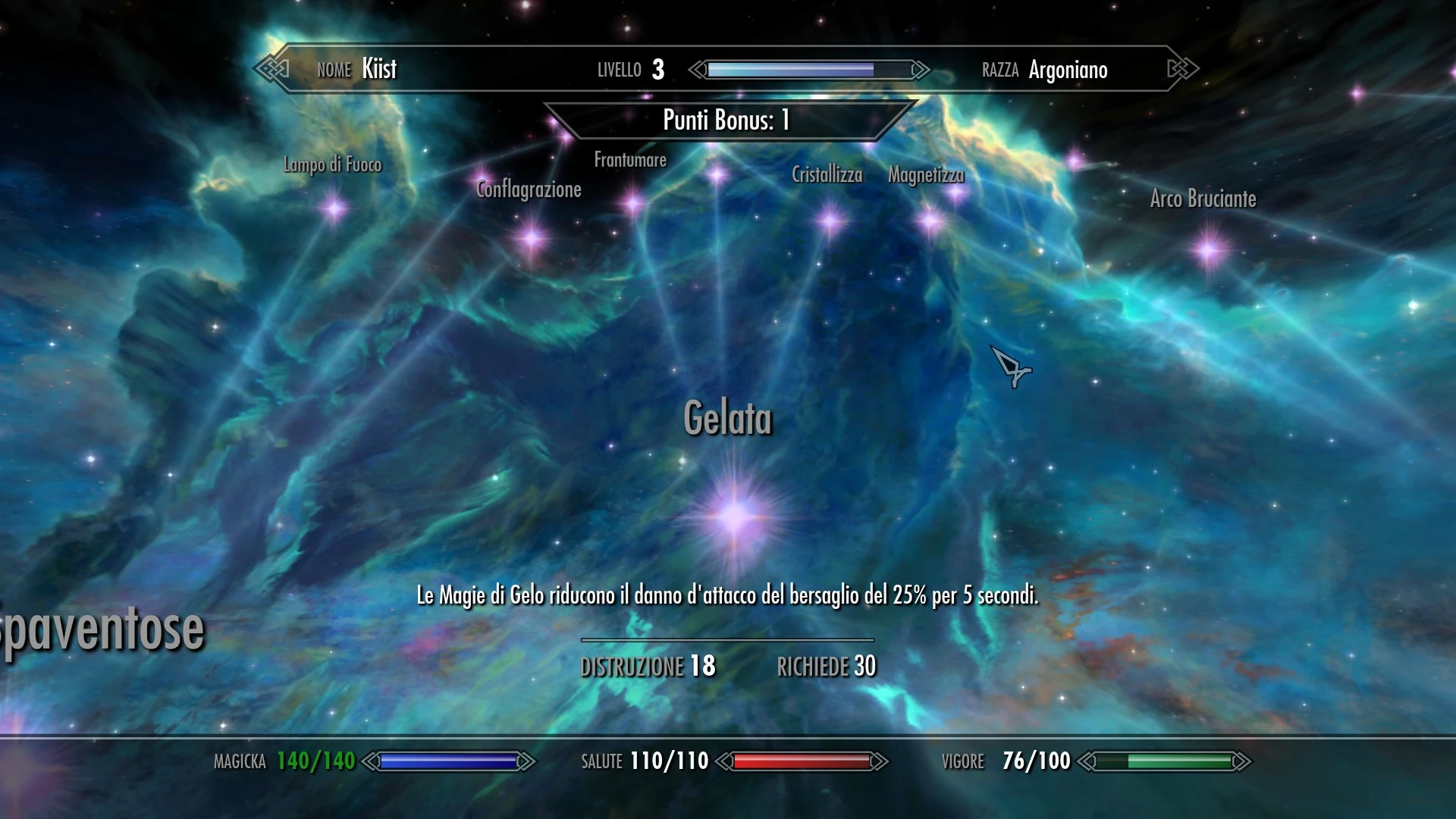The whole essay was exploring social responsibility in relation to the individual designer and whether there is a need for said responsibilities or not. Design plays such a big role in the world today and has such an influence on people that it’s often questioned how socially conscious are these designers that are outputting their ideas into the world that could potentially have a psychological affect on their audience. As Prasad Boradkar mentioned ‘the responsibility of the designer and his/her work should extend beyond issues of form and function to those of society and culture’, thus emphasises the need to define the responsibilities it is that a designer should possess. The points that were made within the essay supported the idea that designers should be more conscious within their everyday practice, as to think more thoroughly about the social, environmental and psychological impact their work will have on the outside world.
One main way that individuals or groups in the past have tried to define exactly how it is designers should behave within their practice has been through the use of manifestos but these aren’t always successful as they’re often too idealistic or not concrete enough. Other issues mentioned by other students regarding manifestos, were that they are usually tedious to read and aren’t engaging at all. Considering that the target audience for the practical piece is that of the younger generation of designers, this was problematic. So the idea was to reimagine how a manifesto is both designed and distributed, in the hope to engage and bring about more interaction with the content of the manifesto and ultimately align themselves more with the ethics that come with designing.
Much like the EU Paris Agreement has done for the physical wellbeing of the planet, the idea was hopefully a step in the right direction towards the social and psychological wellbeing of those within it. By equipping designers with the necessary information to ensure ethical and correctly conducted practice and by setting off young designers on a good foot for the remainder of their careers.
Feedback for the idea revolved around the general consensus that structure of a manifesto and even the word itself felt outdated. To tackle this the idea was an attempt to bring the manifesto into the digital age by creating a website that reformatted the typical content of a manifesto but in a more interactive way. By using the format of a website it meant it was a much easier and cheaper way to promote the content without the need for producing any physical material that is only contradicting the idea of maintaining a sustainable ethos in everyday practice.
The final piece itself was an interactive experience created through the format of a website that allows individuals to explore the responsibilities of a designer in the hope to bring about more discussion amongst individuals regarding ethics. The format was chosen due to the endless visual and explorative possibilities that could be used to present my concept.























